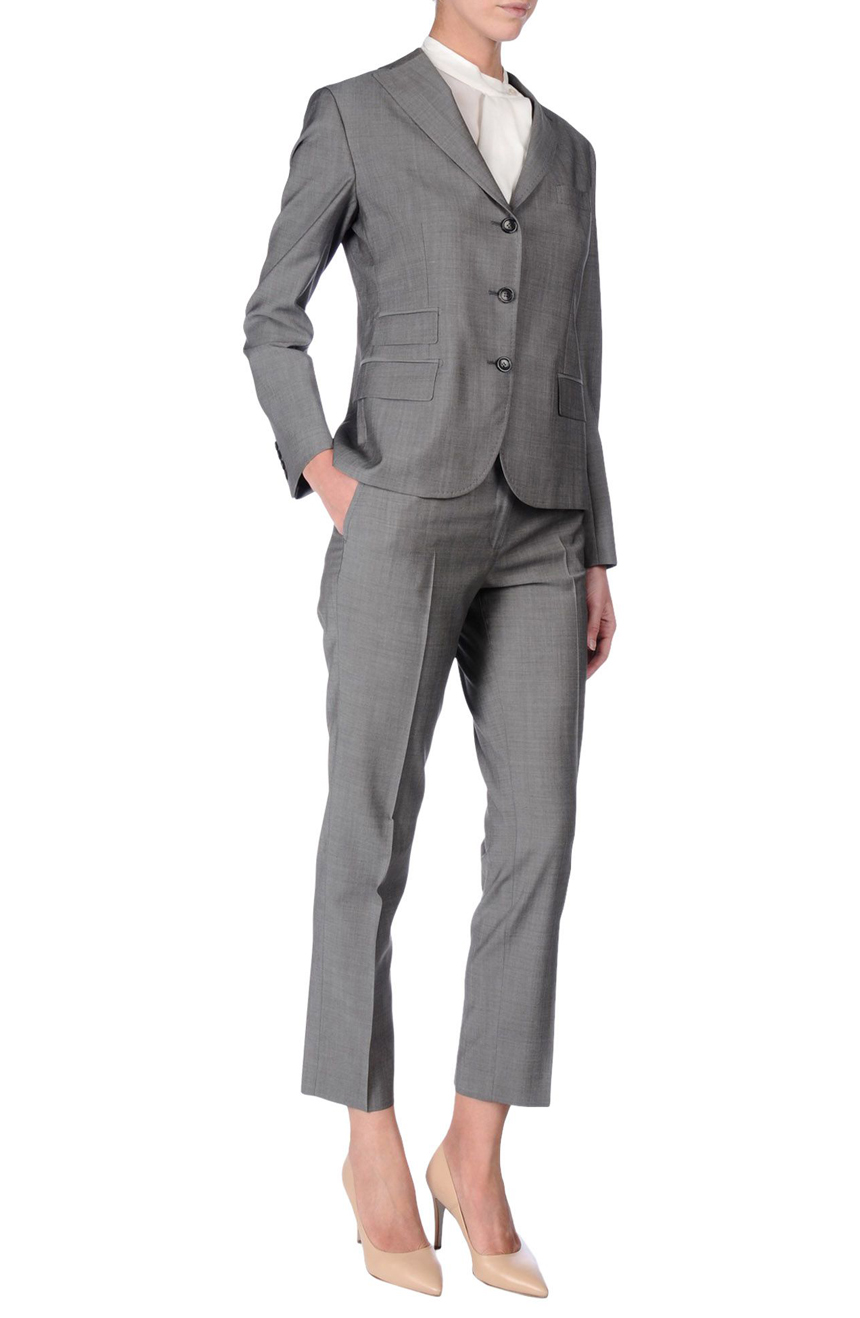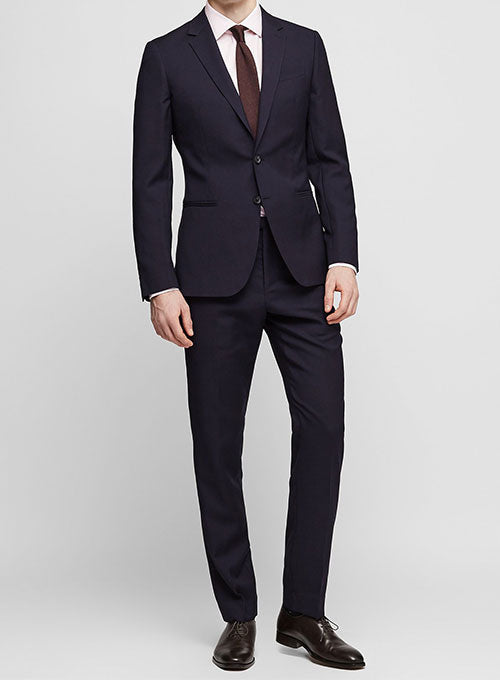Tailored Suits Perth: Premium Custom Suits for every single Event
Tailored Suits Perth: Premium Custom Suits for every single Event
Blog Article
Recognizing the Tailoring Process: From Textile Choice to Last Suitable for the Ideal Closet
The tailoring procedure is an intricate interaction of art and science, beginning with the vital decision of material choice and finishing in the precise adjustments of final fittings. Each material type brings distinct high qualities that affect not just the aesthetic charm but additionally the garment's durability and suitability for various events.
Significance of Fabric Choice
Selecting the appropriate textile is important in the customizing procedure, as it straight affects the comfort, toughness, and general visual of the last garment. The choice of fabric establishes the foundation for the garment's performance, functionality, and design. Different textiles possess special residential properties, such as breathability, stretch, and weight, which can dramatically affect exactly how the garment drapes and fits the body.

A tailored item made from an appropriate textile not just showcases workmanship yet likewise raises the user's self-confidence. Understanding the nuances of material selection is critical for any type of customizing undertaking. It makes sure that the end product not just satisfies the aesthetic desires of the customer but also lines up with functional needs, thus attaining a harmonious balance between form and feature in the tailored wardrobe.
Sorts Of Fabrics and Their Usages
Understanding the various sorts of textiles offered is important for making educated choices throughout the customizing process. Each textile possesses one-of-a-kind attributes that determine its suitability for particular garments and events.
Cotton, understood for its breathability and soft qualities, is excellent for laid-back wear and summer season clothes. Its versatility allows it to be tailored into every little thing from t shirts to dresses. Woollen, on the various other hand, is favored for its warmth and structure, making it an exceptional choice for formal fits and outerwear. Its natural elasticity aids garments preserve form gradually.
Silk radiates luxury and is lightweight, making it excellent for eveningwear and delicate blouses; nonetheless, it needs mindful handling due to its fragility. Bed linen, with its distinctive surface, is a preferred selection for cozy climates, providing a crisp and airy feeling, but it wrinkles conveniently, which may impact the garment's look.
Synthetic materials, such as polyester and nylon, offer sturdiness and resistance to creases, making them ideal for daily wear and energetic clothing. Recognizing these textile types and their homes permits better decision-making, guaranteeing that each customized piece not only fits well but likewise aligns with the designated purpose and celebration.
The Tailoring Methods Clarified
The art of tailoring relies on a selection of strategies that change fabric into well-fitted garments. Central to this procedure is pattern drafting, where a tailor produces themes based on the customer's dimensions and desired style. This preliminary action guarantees that the garment will fit the user correctly prior to any reducing happens.
When patterns are established, cutting techniques enter into play. Accuracy is extremely important as mistakes can cause misfitting garments. Tailors typically use different reducing approaches, such as single-layer reducing for elaborate styles and multiple-layer cutting for performance on common patterns.
Basting is one more vital technique, enabling dressmakers to momentarily stitch material pieces with each other for an initial fitting (tailor perth). This method offers the chance to assess the drape and overall silhouette prior to final sewing
Seaming strategies, consisting of flat-felled seams and French joints, boost the garment's toughness and visual appeal. Tailors additionally utilize techniques such as interfacing and cushioning to give structure and shape to specific areas, like collars and shoulders.
Lastly, completing techniques, consisting of hemming and edge ending up, make certain the garment's longevity while providing a polished appearance. With each other, these methods create the backbone of effective customizing, resulting in elegant, custom-fit garments.

Suitable Changes and Factors To Consider
After the first tailoring techniques have been applied and the garment is built, fitting adjustments come to be vital to achieving the best fit. These modifications address various facets of the garment, ensuring it contours to the wearer's body shape and improves overall look.

The increase of trousers is another vital variable; it should sit comfortably over the hips without creating pain, enabling for this post convenience of movement. Hemming lengths for both pants and skirts need to mirror the user's preferred style while valuing percentages.
Furthermore, attention ought to be provided to the back of the garment, making sure that there are no unsightly pulls or excess material - tailor tuxedos perth. Each change must be thoroughly thought about, as even small modifications can substantially influence the total fit and aesthetic of the tailored piece, ultimately causing a wardrobe that shows self-confidence and refinement
Preserving Your Tailored Clothes
Proper upkeep of tailored garments is necessary to maintaining their fit and look with time. To guarantee long life, regular cleansing is paramount. Constantly follow the care tag directions, which might recommend dry cleaning for delicate materials or device washing for even more durable products. Prevent frequent laundering, as this can wear down the material and change the garment's shape.
Storage space is similarly crucial; use padded wall mounts for coats and layers to preserve shoulder structure, and store trousers folded nicely or hung to stop creasing. Protect garments from straight sunlight, which can fade shades and damages fibers.
Additionally, regular assessments for small repairs can stop larger issues. Look for loose switches, tearing seams, or indications of moth damage, dealing with these problems immediately to maintain the garment's honesty.
Lastly, think about seasonal rotation. Using tailored items in small amounts permits textiles to recuperate, expanding their life-span. By implementing these upkeep approaches, you can ensure that your customized garments remain as beautiful as the day you first wore them, enhancing your perfect wardrobe for many years to find.
Final Thought
The tailoring process, Discover More Here including textile option, skilled methods, and exact suitable changes, plays a crucial function in producing garments that boost both convenience and design. Each read this post here stage contributes to the overall performance of the last product, ensuring that garments not only fits well but likewise mirrors specific identification. Furthermore, recognizing the value of maintenance prolongs the life of tailored garments, solidifying their value in a well-curated wardrobe. A detailed approach to customizing finishes in a polished and certain look.
Report this page